The Scottish Crannog Centre is on course to open its new museum by the end of this year.
The relaunch will cap a remarkable fightback from the catastrophic blaze which threatened to derail the Perthshire attraction two years ago.
The fire in June 2021 destroyed its showpiece crannog – a replica of an Iron Age dwelling house – which had sat on stilts in Loch Tay, near Kenmore, for a quarter of a century.
Work on the £2.7 million replacement museum at Dalerb, on the other side of the loch from the original Scottish Crannog Centre, is at an advanced stage.
And the team hope to begin welcoming visitors by the end of 2023, ahead of an official opening in Easter.
Scottish Crannog Centre director Mike Benson remembers standing on the timber walkway that led to the charred remains of the old crannog the morning after the fire, as he tried to rally the troops.
“I said we should thank our lucky stars that no one was hurt and thank our lucky stars that the collection was saved,” he said.
“And I told them we would come back from this.
“Considering where we were two years ago, we haven’t done a bad job,” he added.
New Crannog Centre is taking shape
Mike invited The Courier to view the progress at the Dalerb site this week.
A number of buildings in the new replica Iron Age village are taking shape.
A waist-high, circular drystane wall structure is being built from locally sourced rocks and stones.
Another timber frame is nearing completion.
And a giant wooden round house – woven from hazel branches gathered from surrounding trees and looking for all the world like an upturned wicker basket – is just awaiting its turf and heather thatch.
The completed village will house seven buildings.
These are being constructed using traditional methods, much as the original Iron Age residents might have done thousands of years ago.
The exception will be the new modern modular units, which will house the museum’s collection of Iron Age artefacts and a new cafe. These are being provided by Auchterarder-based JML Contracts, which started work on the site in May.
Work on a new replica crannog will begin after the village is completed.
A later phase will include the creation of a new path connecting the site to Kenmore so people can walk or cycle to the attraction.
Public support essential to Crannog Centre rebirth
The Scottish Crannog Centre had always intended to relocate to the Dalerb site.
It’s about 12 times the size of the current base, offering plenty of room for expansion.
Bosses had already purchased it for a pound in a community asset transfer before the fire hastened the process.
Mike said the backing of the public had been crucial to the Scottish Crannog Centre’s recovery.
Supporters pledged £11,000 towards the rebuild in the first 24 hours.
By the following day the total had doubled.
And, as the donations continued to pour, in the original centre was back open and welcoming visitors again just five days after the blaze.
“We have been so lucky with the support we have had from the community, politicians, everyone,” he said.
“Normally on a project like this you’d have 18 to 24 months to do the planning.
“We just had to dive in.”
Rise and Shine festival will celebrate resilience
For now, the original Crannog Centre across the water is very much open for business.
It employs 23 people, and a dedicated team of volunteers.
The museum’s artefacts, dating back 2,500 years, were untouched by the fire and the replica Iron Age village continues to welcome holidaymakers and schoolchildren.
This weekend it is hosting the annual Rise and Shine festival, which has grown out of the June 2021 fire.
It will bring together craftspeople, storytellers, musicians, theatre makers, visual artist and academics from across Scotland and internationally.
There will be opportunities to take part in crafts such as prehistoric pottery workshops, Celtic jewellery making, Scottish and Zimbabwean storytelling, forest foraging, and Gaelic poetry.
The Crannog Centre is hosting the festival in partnership with the UNESCO Chair for Refugee Integration through Language and the Arts (UNESCO RILA), with support from the Maryhill Integration Network, Glasgow.
Organisers say the festival is a celebration of the resilience of the Crannog team, as well as an opportunity to reflect on what it means to be a community.
Activities will run from 10am-6pm on August 19-20.
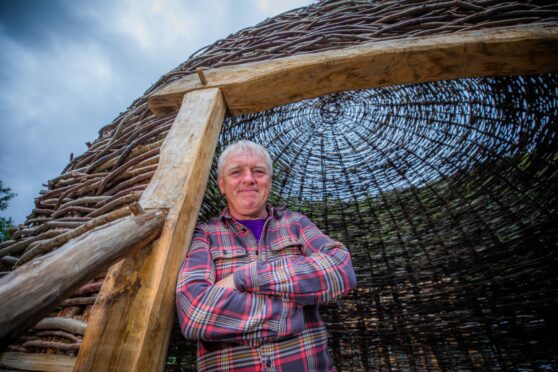
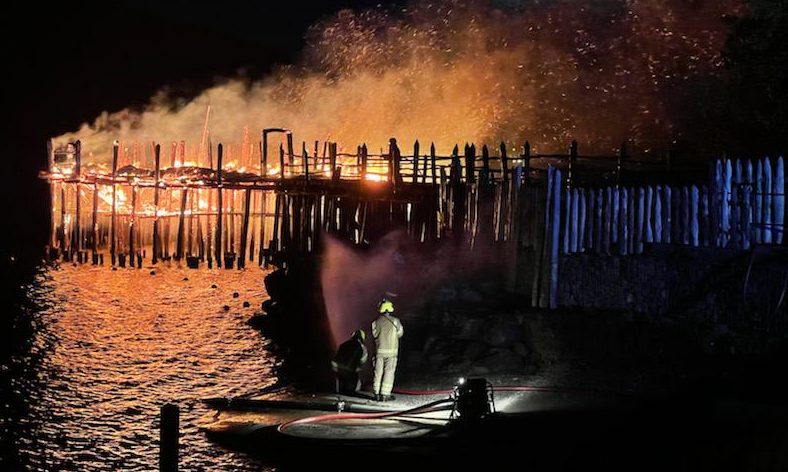
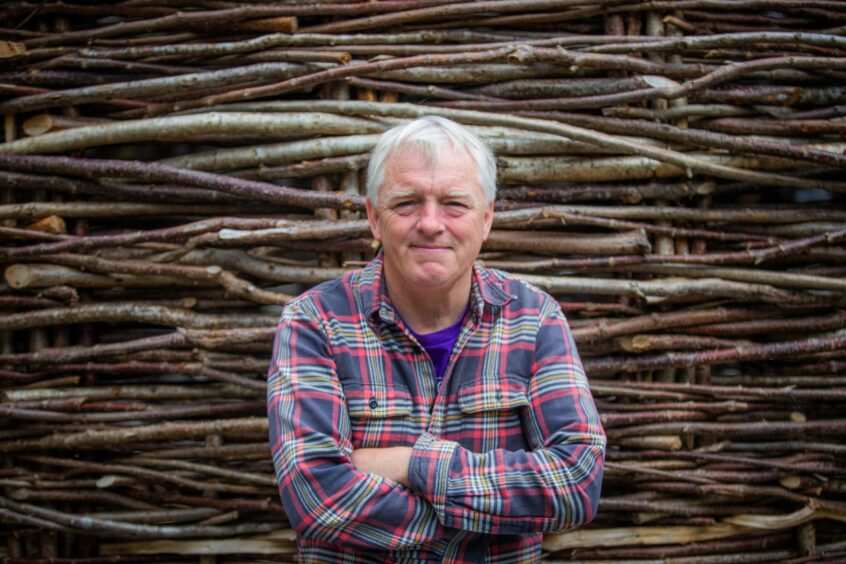
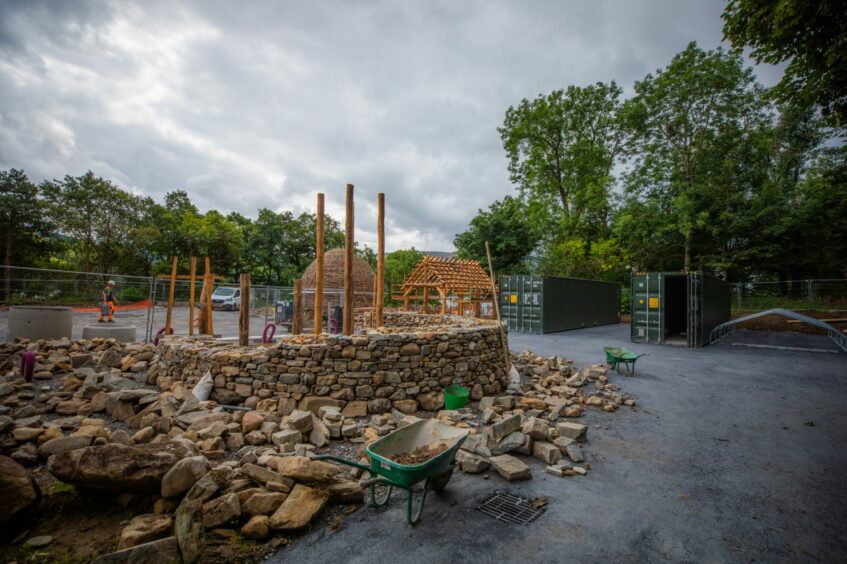
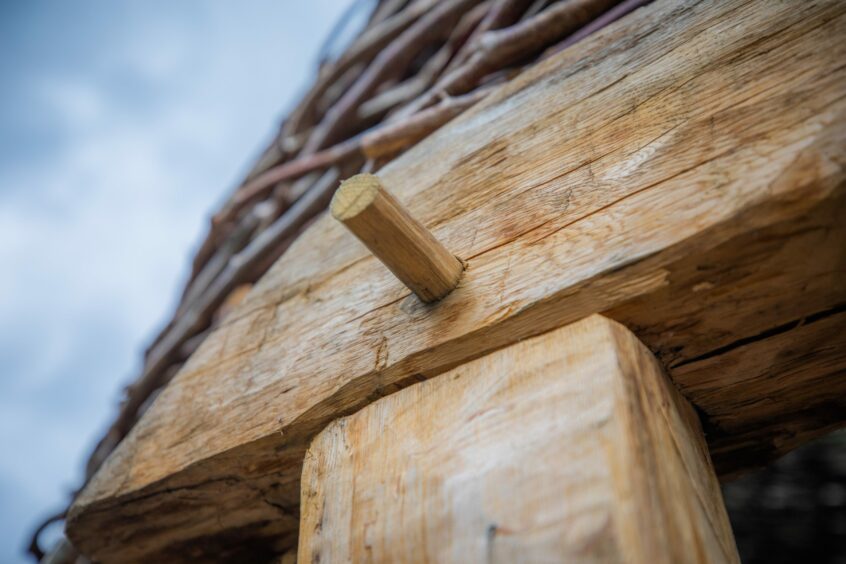
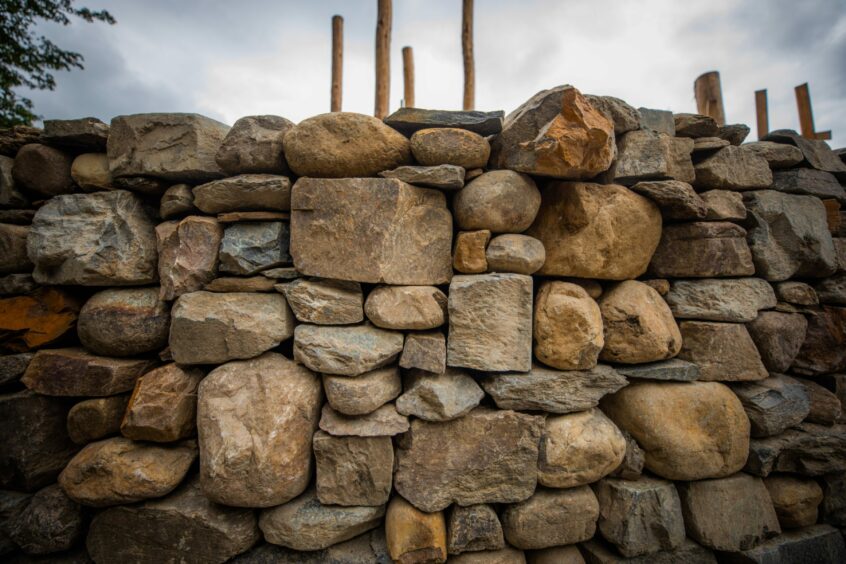
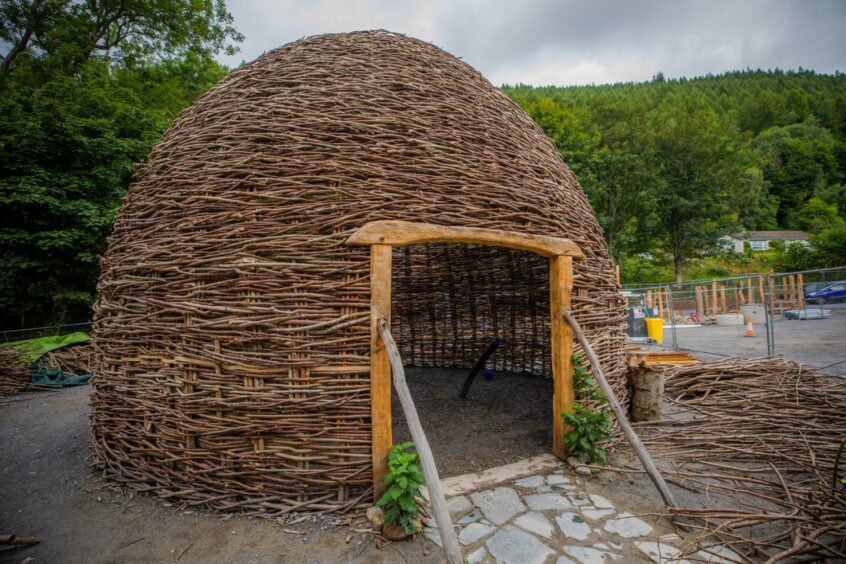
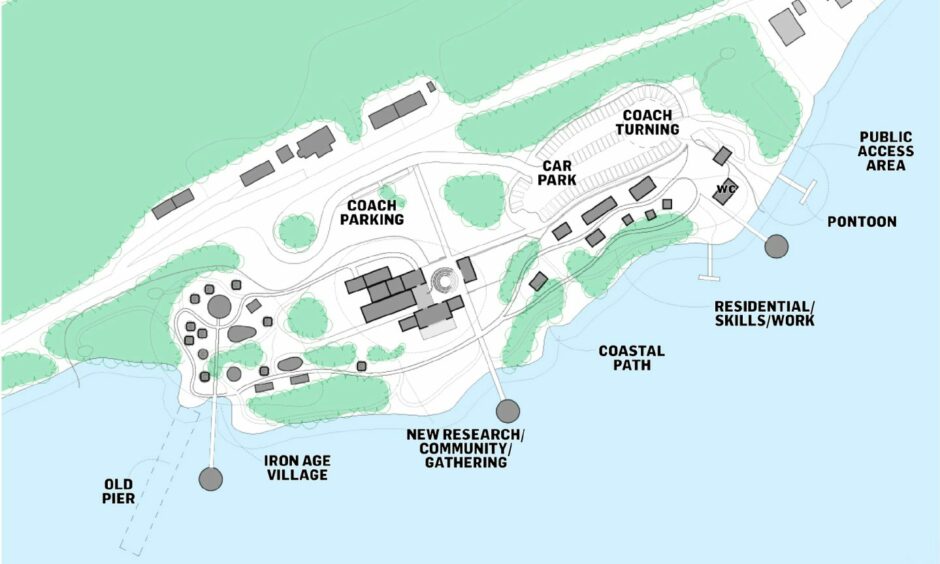
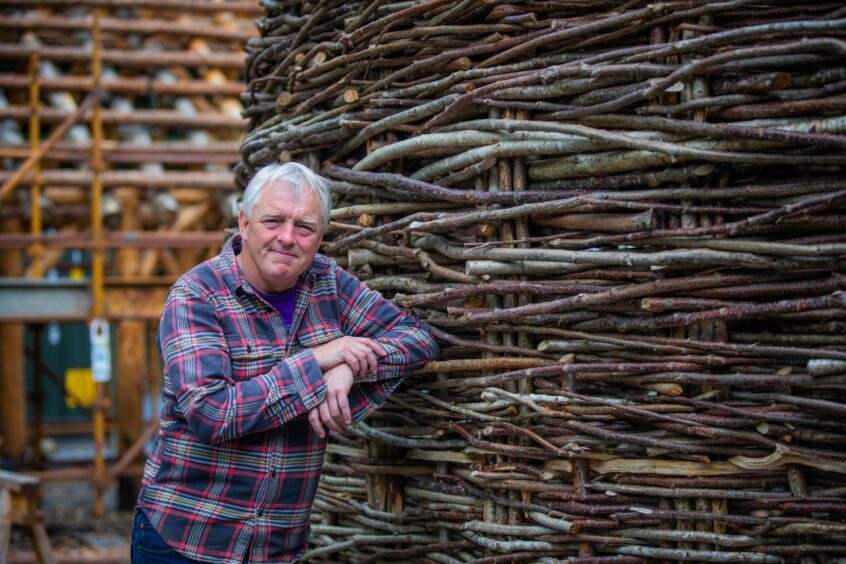
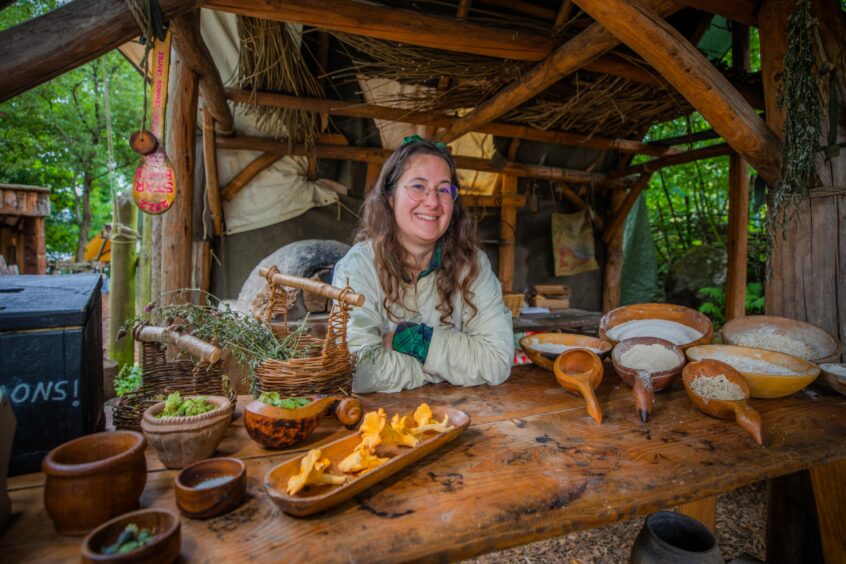
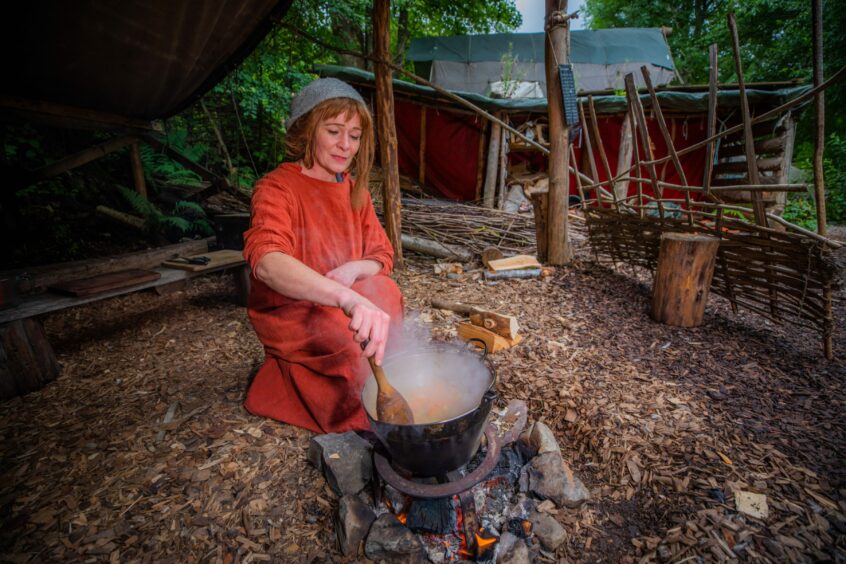
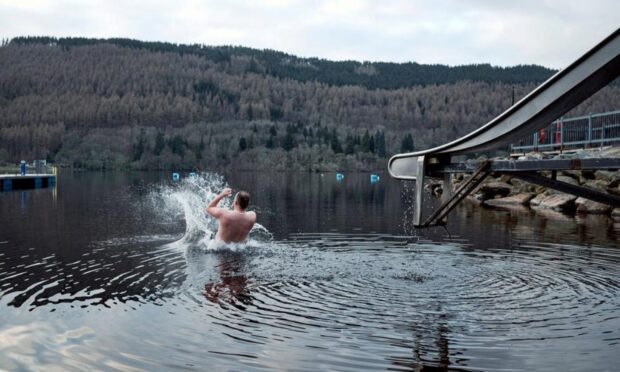
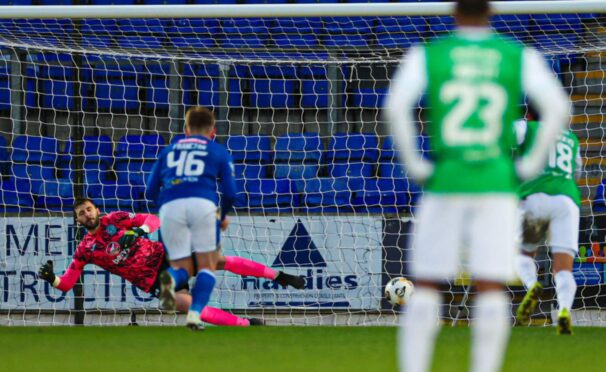
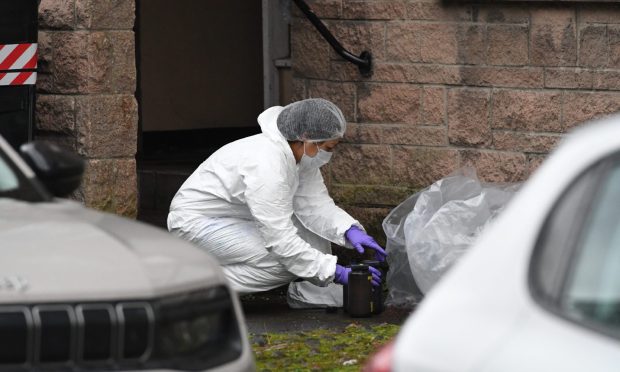
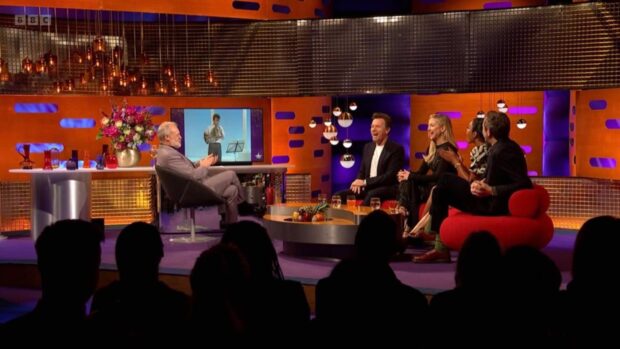
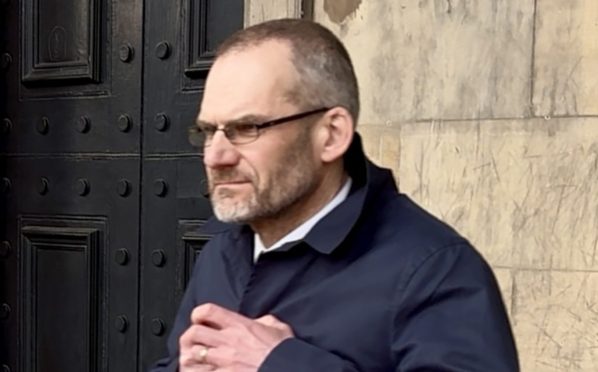

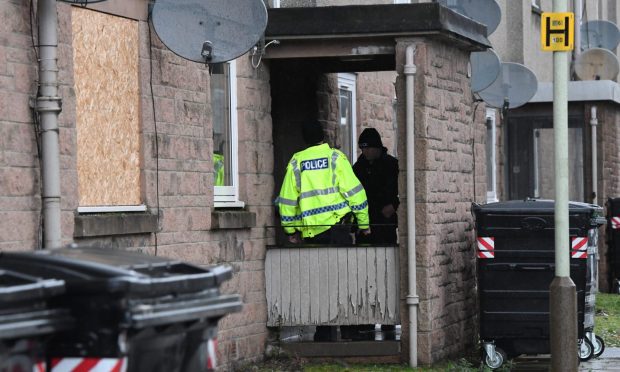
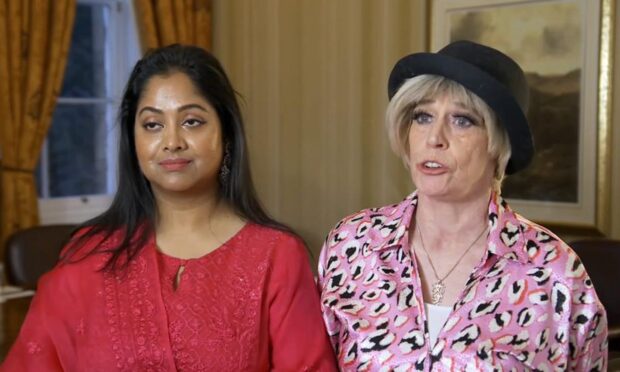

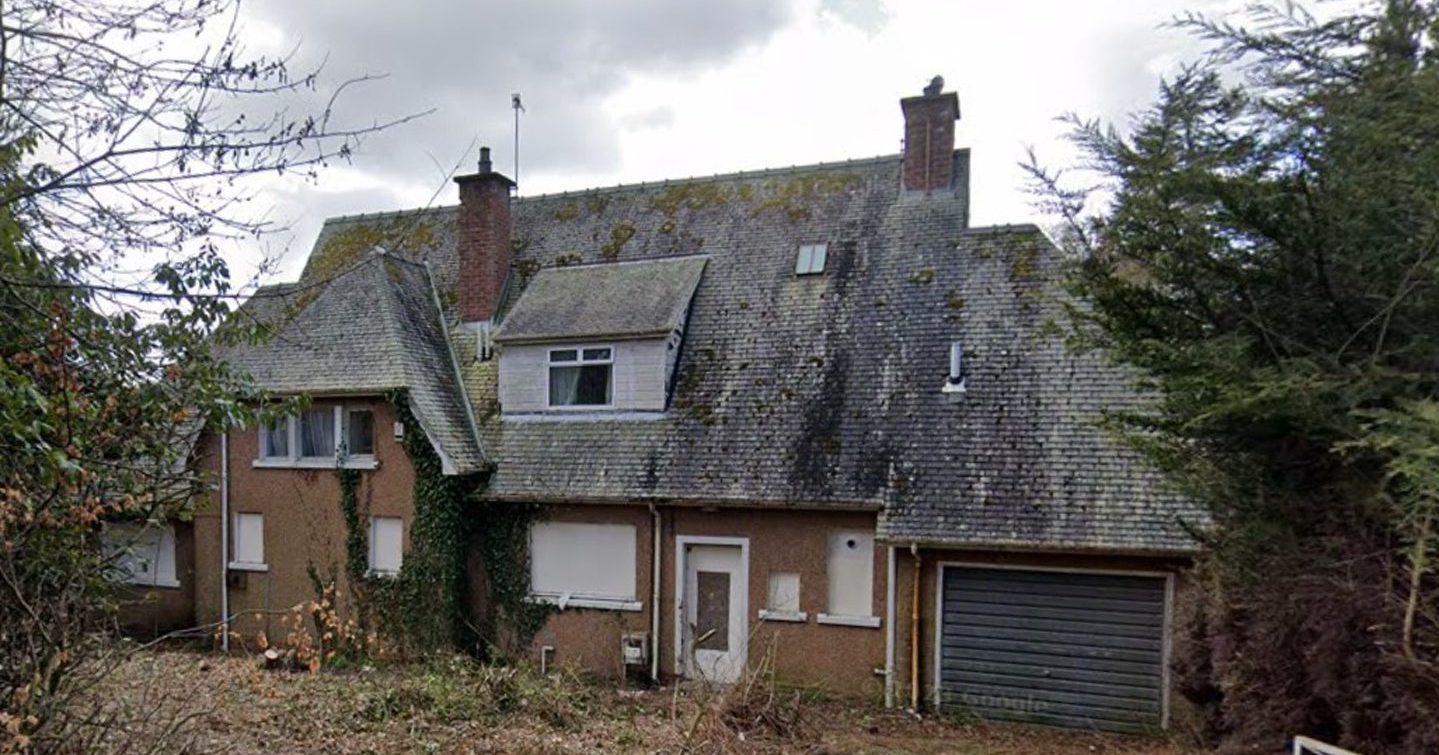
Conversation